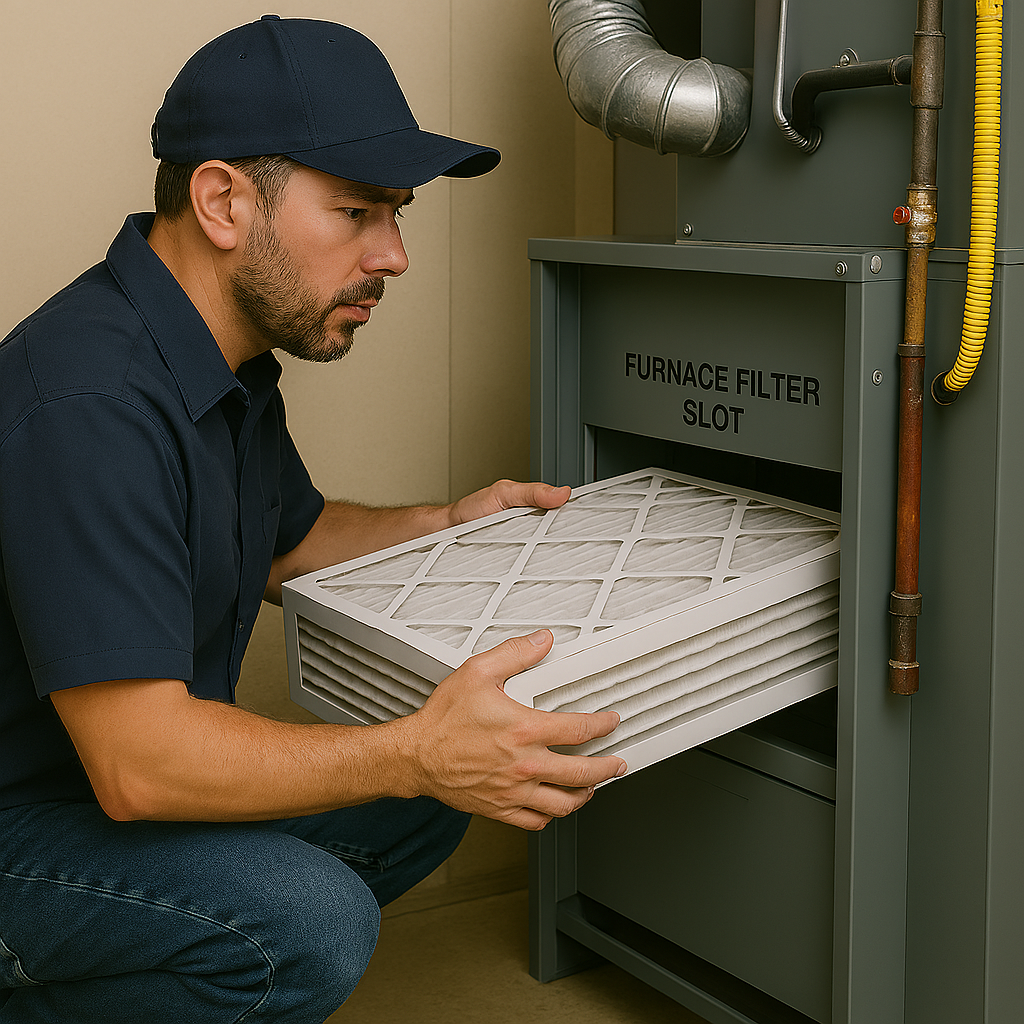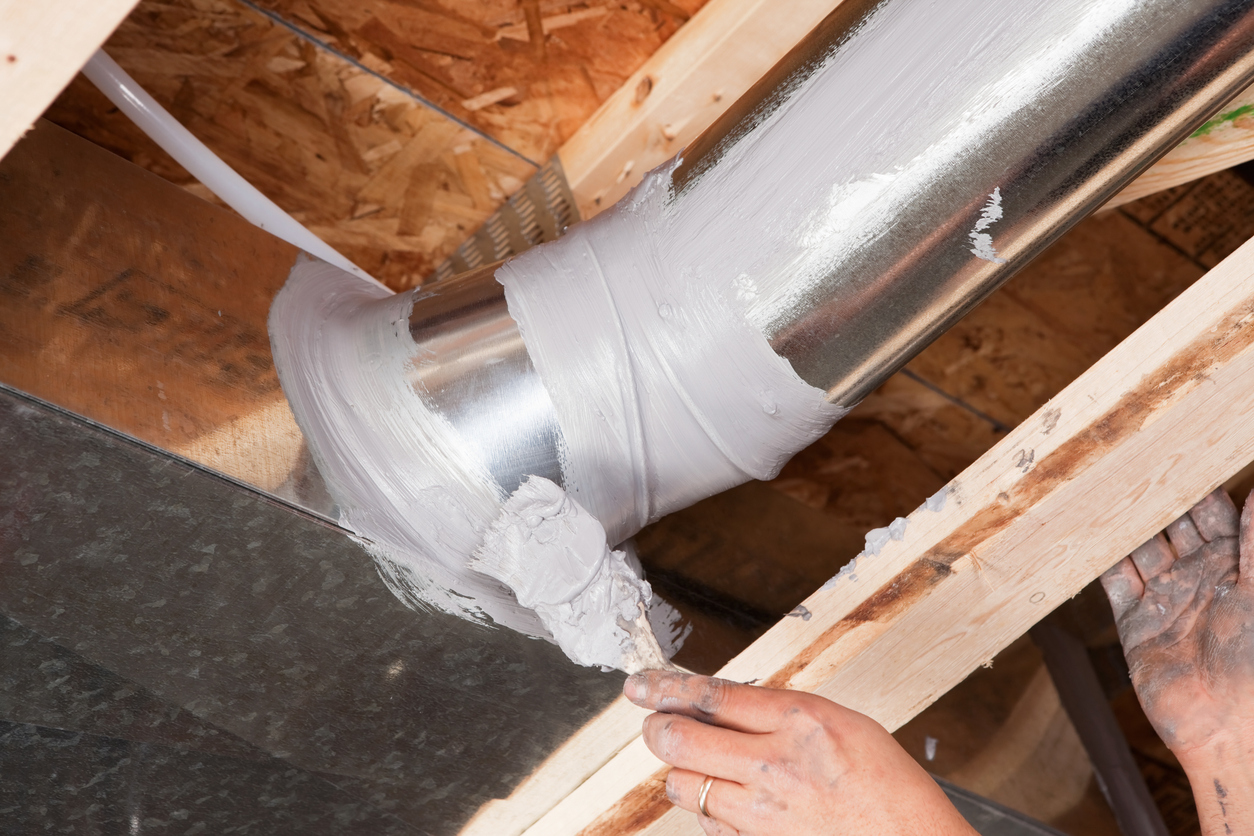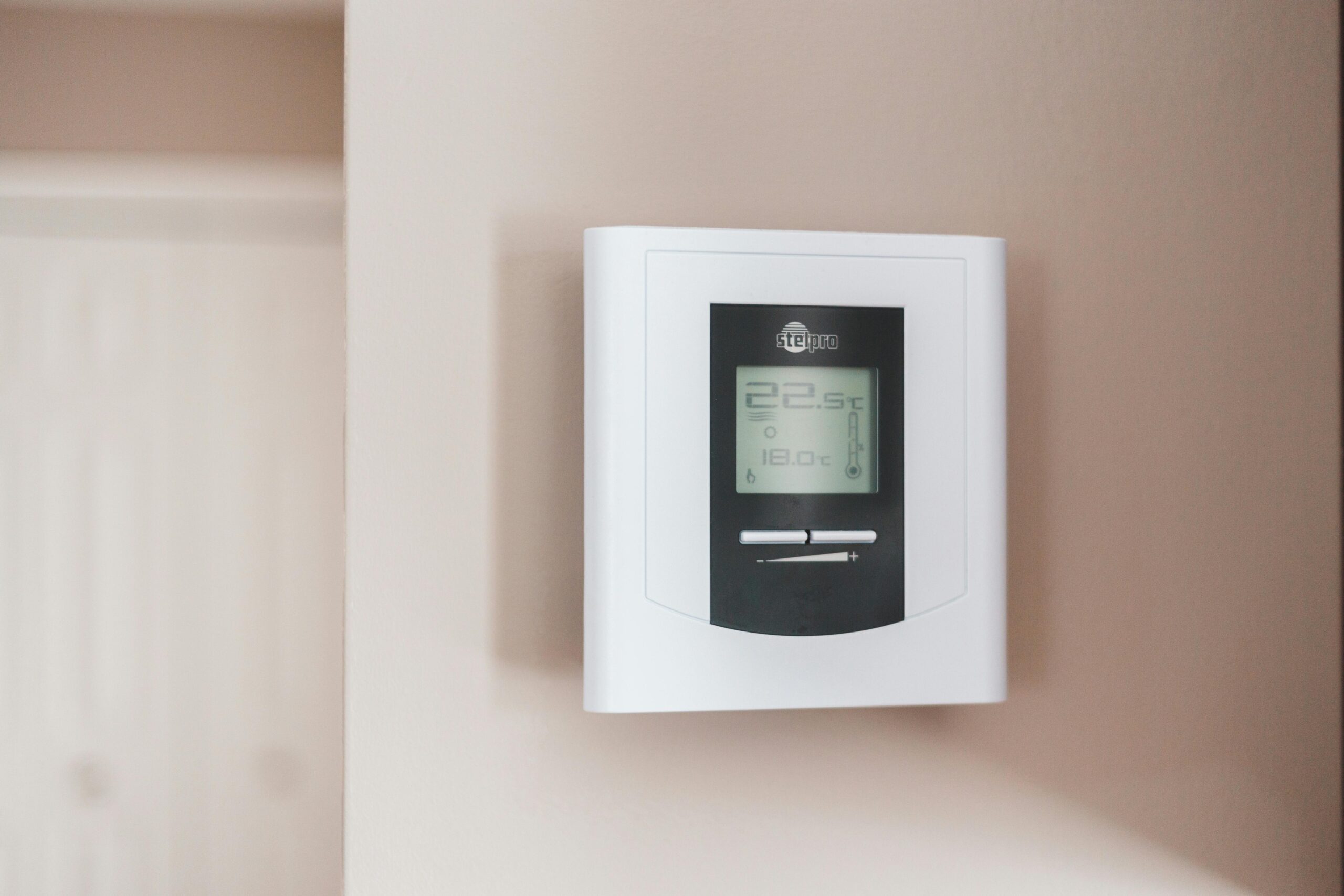PARTICULATE MATTER
“…Of all of the common air pollutants, PM2.5 is associated with the greatest proportion of adverse health effects related to air pollution.”
“Particulate matter contains microscopic solids or liquid droplets that are so small that they can be inhaled and cause serious health problems. Some particles less than 10 micrometers in diameter can get deep into your lungs and some may even get into your bloodstream.”
“Exposure to a type of air pollution called fine particulate matter, or PM2.5, has recently been identified as a potential risk factor for dementia…Researchers do know that fine particulates can affect the lungs, circulate in the blood, and move into the brain where they might be able to cause direct damage.”
Impact on Vulnerable Groups
Children, the elderly, and those with preexisting conditions, like asthma or cardiovascular diseases, are particularly sensitive to air quality. More likely to spend more time indoors, for these individuals testing and improving indoor air quality can significantly reduce health risks.
Indoor Air May Be More Polluted
Indoor air is often more polluted than outdoor air. Particulate matter can come from sources like cooking, heating, candles, smoking, or even building materials. Without testing, homeowners may not be aware of how much particulate matter is lingering indoors.

Replace filters or upgrade filtration to highest MERV rated filter possible.

Inspect ductwork; seal and clean as necessary. Talk to your contractor about how to best accomplish this in your home.

Upgrade thermostat to operate HVAC system fan on a schedule.
AIRADVICE PROTIP:
You can make a few simple changes to keep particles low. First, consider upgrading your central system’s filter to the highest MERV rating it can handle. And when you’re cooking, remember to always turn on your range hood. Also, try to avoid air purifiers that produce ozone.
Interested in learning more about how to improve home health, safety, and comfort? AirAdvice tests for 7 different parameters in the home with our top-of-the-line monitor. Our monitors are designed and maintained to produce clear and accurate results, giving you a clear picture of the state of your home’s air. Scroll down to see the other things we test for in a home.






